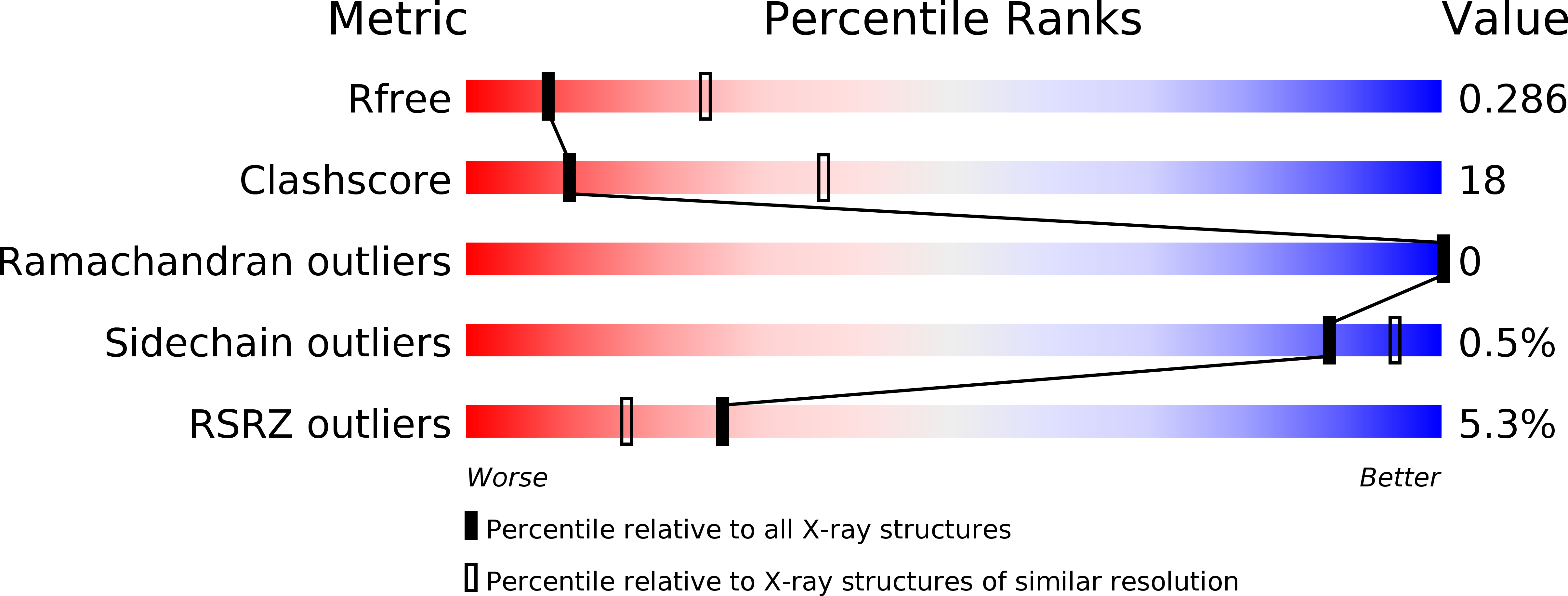
Deposition Date
2010-05-17
Release Date
2010-06-16
Last Version Date
2023-12-20
Entry Detail
PDB ID:
2XER
Keywords:
Title:
Human PatL1 C-terminal domain (loop variant with sulfates)
Biological Source:
Source Organism:
HOMO SAPIENS (Taxon ID: 9606)
Host Organism:
Method Details:
Experimental Method:
Resolution:
2.95 Å
R-Value Free:
0.28
R-Value Work:
0.24
R-Value Observed:
0.24
Space Group:
P 2 21 21


